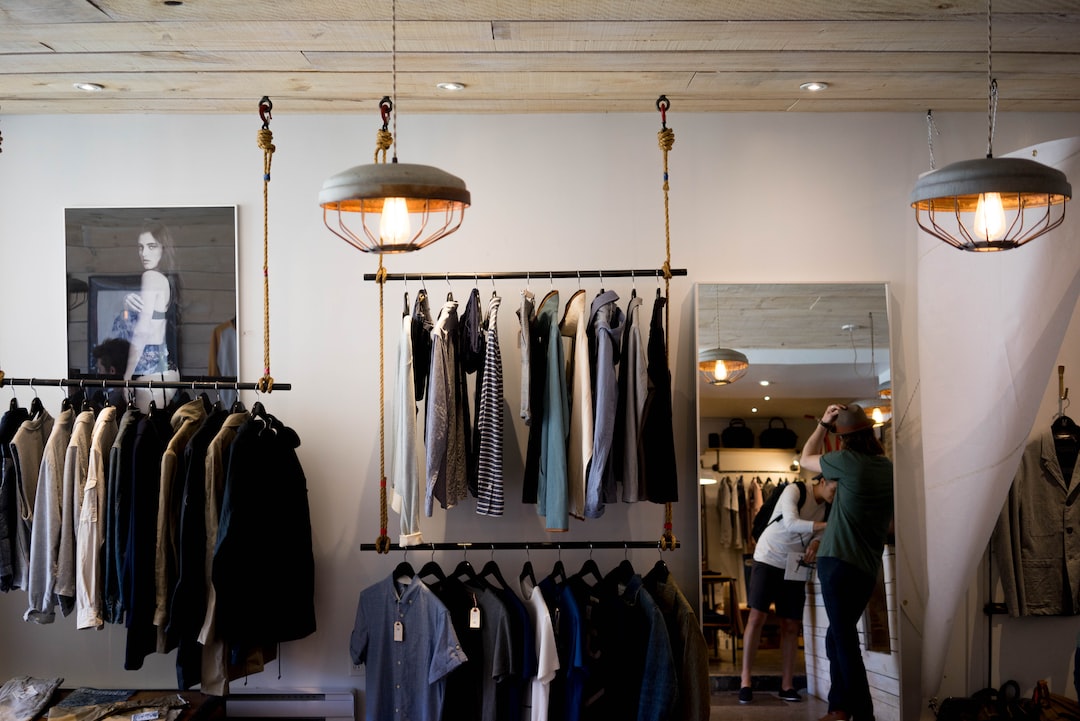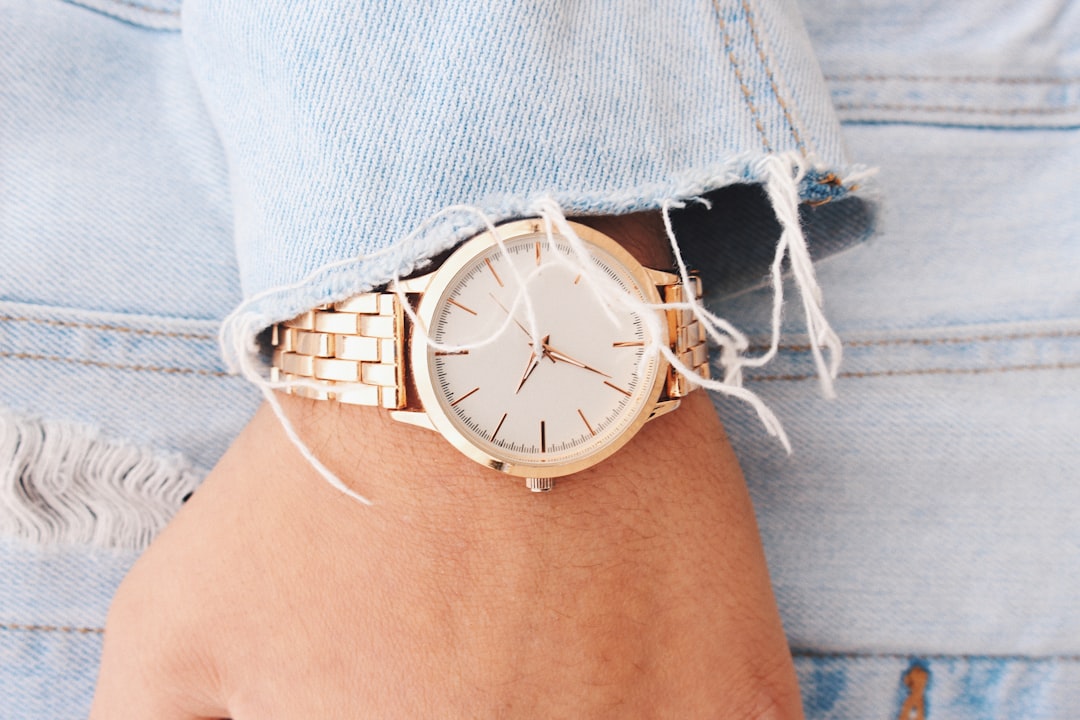Fashion and technology may seem like two separate entities, but in recent years, they have become increasingly intertwined. With the rise of artificial intelligence (AI), the fashion industry has been able to revolutionize the way it designs, manufactures, sells, and markets clothing. AI has enabled fashion companies to streamline their processes, personalize their offerings, and reduce their environmental impact. In this blog post, we will explore the various ways in which AI is being used in the fashion industry, and how it is shaping the future of fashion. From AI in design to AI in marketing, we will delve into each aspect of AI’s impact on fashion, and examine the benefits and challenges of each. So, let’s dive in and explore the exciting world of fashion and technology!
AI in Design – From Concept to Creation
As the fashion industry continues to evolve, technology has become an increasingly important part of the design process. Artificial intelligence (AI) has emerged as a powerful tool for designers, allowing them to create unique and innovative designs with greater ease and efficiency.
AI in design can take many forms, from generating new design concepts to assisting with the creation of intricate patterns and textures. One of the most exciting applications of AI in design is the use of generative algorithms, which can create new designs based on a set of parameters or inputs.
This technology has the potential to revolutionize the way designers work, allowing them to explore new creative possibilities and push the boundaries of traditional design. With AI, designers can experiment with new materials, shapes, and colors, and quickly generate a wide range of design options.
But AI isn’t just about generating new designs. It can also assist with the creation of intricate patterns and textures, allowing designers to create complex designs with greater precision and accuracy. AI can analyze patterns and textures in existing designs, and then generate new variations based on those patterns.
This technology also has the potential to streamline the design process, allowing designers to work more efficiently and effectively. With AI, designers can quickly generate new designs and variations, and then test them in real-time to see how they look and feel.
In short, AI in design is a powerful tool that can help designers push the boundaries of traditional design, explore new creative possibilities, and work more efficiently and effectively. As the technology continues to evolve, we can expect to see even more exciting applications of AI in the world of fashion design.
This technology also has the potential to streamline the design process, allowing designers to work more efficiently and effectively.
AI in Manufacturing – Streamlining Production Processes
The fashion industry has always been a fast-paced and competitive industry where speed to market and efficiency are crucial factors for success. With the advancement of AI technology, manufacturing processes have been streamlined to meet the demands of the fast-changing market.
AI in manufacturing has enabled fashion companies to optimize their production processes, reduce costs and improve efficiency. AI-powered machines can now perform complex tasks such as fabric cutting, sewing, and even quality control with greater accuracy and speed than humans.
One of the key advantages of AI in manufacturing is its ability to collect and analyze data in real-time. This data can be used to identify patterns, optimize processes, and make informed decisions. For example, AI algorithms can analyze customer demand data and predict which products will be popular, allowing manufacturers to adjust production accordingly and avoid overproduction.
AI-powered machines can also reduce waste by optimizing fabric usage and minimizing errors in production. This not only benefits the environment by reducing the fashion industry’s carbon footprint but also saves money for fashion companies.
Another significant advantage of AI in manufacturing is its ability to enable mass customization. With AI, fashion companies can create personalized products at scale, allowing them to meet the demands of individual customers without sacrificing efficiency. This is achieved through the use of algorithms that analyze customer data and preferences, enabling manufacturers to create products that cater to individual tastes.
AI in manufacturing has revolutionized the fashion industry by streamlining production processes, reducing costs, improving efficiency, and enabling mass customization. As AI technology continues to evolve, we can expect even greater advancements in the manufacturing process, leading to a more sustainable and customer-centric fashion industry.
One of the key advantages of AI in manufacturing is its ability to collect and analyze data in real-time.
AI in Retail – Personalizing the Shopping Experience
As technology continues to advance, the fashion industry has been quick to adapt and incorporate artificial intelligence (AI) into various aspects of the business. One area where AI has made a significant impact is in retail, particularly in personalizing the shopping experience for consumers.
Gone are the days of one-size-fits-all marketing and sales strategies. With the help of AI, retailers can now analyze vast amounts of data to create personalized recommendations for each customer. This not only enhances the shopping experience but also increases the chances of making a sale.
AI-powered chatbots and virtual assistants have become increasingly popular in the retail industry. These tools allow customers to receive personalized assistance, recommendations, and even purchase products without the need for human interaction. This not only saves time but also creates a more seamless shopping experience.
In addition, AI can also be used to create virtual try-on experiences, allowing customers to see how a product will look on them before making a purchase. This feature not only increases customer satisfaction but also reduces the likelihood of returns or exchanges.
AI-powered personalization is not limited to online shopping. In-store experiences can also be enhanced with the help of AI. For example, retailers can use facial recognition technology to identify customers and offer personalized recommendations based on their previous purchases or browsing history.
However, there are potential ethical concerns with the use of AI in retail. The collection and analysis of customer data can raise privacy concerns, and there is a risk of bias in the recommendations made by AI algorithms. It is essential for retailers to be transparent about their data collection and use practices and to ensure that their AI systems are regularly audited for bias.
Overall, the use of AI in retail has the potential to revolutionize the shopping experience for customers. By providing personalized recommendations and assistance, retailers can increase customer satisfaction and loyalty while also boosting sales. However, it is crucial for retailers to be mindful of potential ethical concerns and to ensure that their AI systems are designed and implemented responsibly.
The collection and analysis of customer data can raise privacy concerns, and there is a risk of bias in the recommendations made by AI algorithms.
AI in Sustainability – Reducing Fashion’s Environmental Footprint
As the fashion industry continues to grow, so does its impact on the environment. From the production of raw materials to the disposal of clothing, every step of the fashion supply chain contributes to environmental degradation. However, with the help of AI, the industry can reduce its environmental footprint and move towards a more sustainable future.
One way AI can help reduce the environmental impact of fashion is through the optimization of supply chains. By analyzing data on raw material sourcing, manufacturing processes, and transportation, AI can identify areas where energy and resource usage can be reduced. This not only reduces the industry’s carbon footprint but also saves money for companies.
Another way AI can help is by enabling more sustainable materials to be used in fashion. By analyzing the properties of different materials, AI can help identify the most sustainable options. For example, AI can analyze the water usage, chemical usage, and carbon footprint of different fabrics to determine which ones are the most environmentally friendly.
AI can also help reduce waste in the fashion industry. By analyzing data on consumer behavior, AI can help companies better predict demand and reduce overproduction. This not only reduces waste but also saves money for companies.
Finally, AI can help with the recycling and disposal of clothing. By analyzing the properties of different materials, AI can help identify the best ways to recycle and dispose of clothing. For example, AI can analyze the composition of different fabrics to determine which ones can be recycled and which ones should be disposed of in a landfill.
AI has the potential to revolutionize the fashion industry and make it more sustainable. By optimizing supply chains, enabling the use of sustainable materials, reducing waste, and improving recycling and disposal processes, AI can help reduce the industry’s environmental footprint. As the industry continues to grow, it is crucial that we embrace AI and use it to create a more sustainable future.
However, with the help of AI, the industry can reduce its environmental footprint and move towards a more sustainable future.
AI in Marketing – Targeting the Right Consumers
As the fashion industry continues to evolve, so does the way in which companies market their products. In recent years, the use of artificial intelligence (AI) in marketing has become increasingly prevalent. By leveraging AI, fashion brands are able to better understand their target audience and tailor their marketing efforts to reach the right consumers.
One of the key benefits of using AI in marketing is the ability to analyze large amounts of data. By collecting and analyzing data from various sources, including social media, online shopping behavior, and customer feedback, fashion brands can gain valuable insights into their target audience. This information can then be used to create more targeted marketing campaigns that are more likely to resonate with consumers.
Another way in which AI is being used in marketing is through personalized recommendations. By analyzing a customer’s purchase history and browsing behavior, AI algorithms can make recommendations for products that the customer is likely to be interested in. This not only helps to improve the customer experience but can also increase sales for the fashion brand.
AI is also being used to improve the effectiveness of advertising campaigns. By analyzing data on consumer behavior, AI algorithms can identify the most effective channels and messaging to reach the target audience. This can help to maximize the impact of advertising campaigns while minimizing costs.
Overall, the use of AI in marketing is helping fashion brands to better understand their target audience and create more effective marketing campaigns. As AI technology continues to evolve, we can expect to see even more innovative uses of AI in the fashion industry.
By analyzing a customer’s purchase history and browsing behavior, AI algorithms can make recommendations for products that the customer is likely to be interested in.
Conclusion: The Future of Fashion with AI
As we have seen throughout this blog post, the intersection of fashion and technology is rapidly evolving. AI is playing a significant role in transforming the fashion industry by revolutionizing every aspect of the fashion value chain. From design to manufacturing, retail to marketing, and sustainability, AI has the potential to create a more efficient and sustainable fashion industry.
The future of fashion with AI looks promising, as the technology continues to advance and become more accessible. We can expect to see more AI-powered solutions that will help fashion companies make data-driven decisions, reduce waste, and improve the customer experience.
One of the most significant benefits of AI in the fashion industry is its ability to personalize the shopping experience for consumers. With AI-powered recommendation systems, fashion companies can provide personalized recommendations to consumers based on their preferences, purchase history, and browsing behavior. This not only improves the customer experience but also helps companies increase sales and improve customer loyalty.
Moreover, AI can help fashion companies reduce their environmental footprint by optimizing manufacturing processes, reducing waste, and using sustainable materials. By using AI in design, companies can create more sustainable products that are both fashionable and eco-friendly.
In conclusion, the future of fashion with AI looks bright. As technology continues to evolve, we can expect to see more innovative solutions that will help fashion companies create a more sustainable and efficient industry. It is essential for fashion companies to embrace AI and integrate it into their operations to stay competitive and meet the evolving needs of consumers.





